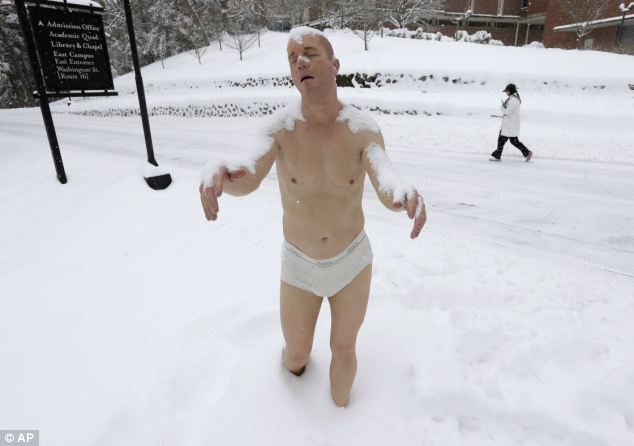The International Classification of Sleep Disorders, 3rd edition (ICSD-3) is quoted as saying the following of Somnambulism: That the behavior of a person intoxicated with alcohol could easily be confused with that of a person sleepwalking due to the superficial resemblances of the two states. This is not the first and only alcohol condition that is often misconstrued for a given sleep condition or sleep disorder. The same is the case for alcohol blackouts where the drunken person passes out due to high alcohol intoxication; in this state, the person is not unconscious but there certainly is a disruption of cognitive function and memory loss of the events that transpire during most of the intoxication episode. These blackouts due to alcohol are often indiscernible from the Sleep Arousal Disorders linked to NREM sleep. Further, right down to basics is the classic association of sleep and alcohol.
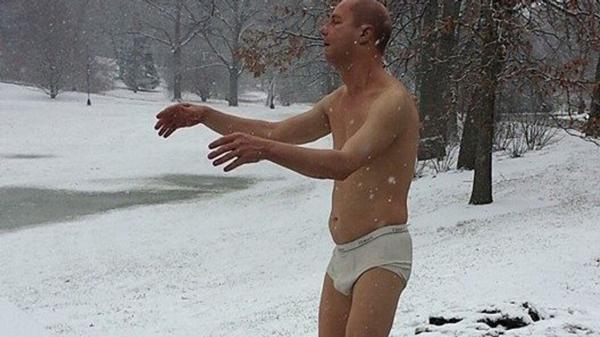
(Controversial Life-like Statue called “Sleepwalker” – Image Courtesy of www.campusreform.org )
So What Exactly is Sleepwalking?
Otherwise known as Noctambulism if not Somnambulism, sleepwalking may be adequately described as a sleeping disorder in which the affected person, or Sleepwalker, is aroused from SWS – Slow Wave Sleep into a state of very minimal consciousness but the sleepwalker will carry out activities only typically handled by a fully awake and conscious person.
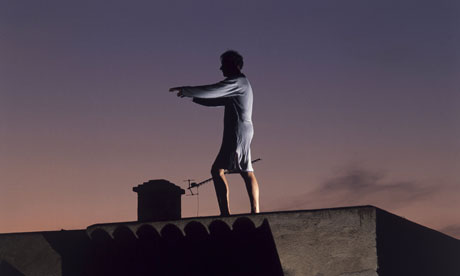
( Hazards of Sleepwalking – Image Courtesy of www.islamiclife.com )
In a general overview, the activities sleepwalkers may engage in can be grouped as:
- Harmless activities: sitting up, walking about the house, cleaning
- Hazardous activities: driving, cooking, grabbing harmful or imagined objects (hallucinating), violent motions
- Criminal activities: violent attacks of secondary parties, homicide
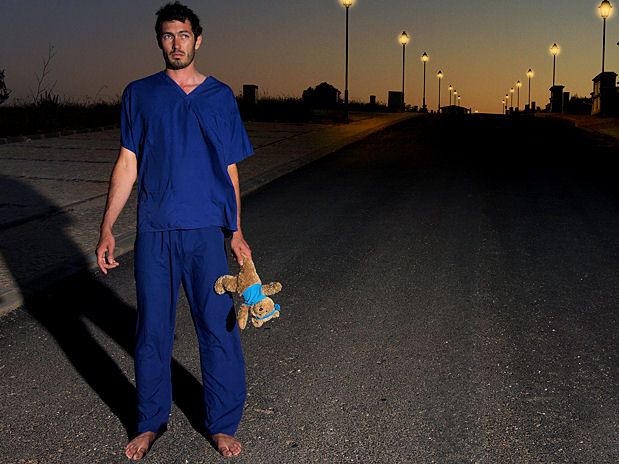
( Homicidal or Hazardous Somnambulism – Image Courtesy of darkparadox88.blogspot.com )
It has been observed that typical cases of sleepwalking usually entail patterned or repetitive but simple behavior and actions. Nonetheless, there have been reported cases of unusually complex behavior and activity in sleepwalkers whose legitimacy and validity is however disputed and unconfirmed.

( Eating during Somnambulism – Eating in Sleepwalking – Image Courtesy of epherielldesigns.com )
The duration of a sleepwalking episode could be as brief as just about 30 seconds or even as protracted as half an hour in most cases.

( Sleepwalking or Somnambulism – Image Courtesy of www.howtogetrid.org )
Recollection of Somnambulism Episodes
Given that the Sleepwalker remains in an altered state of consciousness (semi-conscious), the following may be observed about their episodes of Sleepwalking:
- They have hazy recollection or no recollection at all of the somnambulism incident
- Their eyes are open (as if awake) while sleepwalking
- The facial expression may be defined as indistinct, distracted, blurry, or nondescript
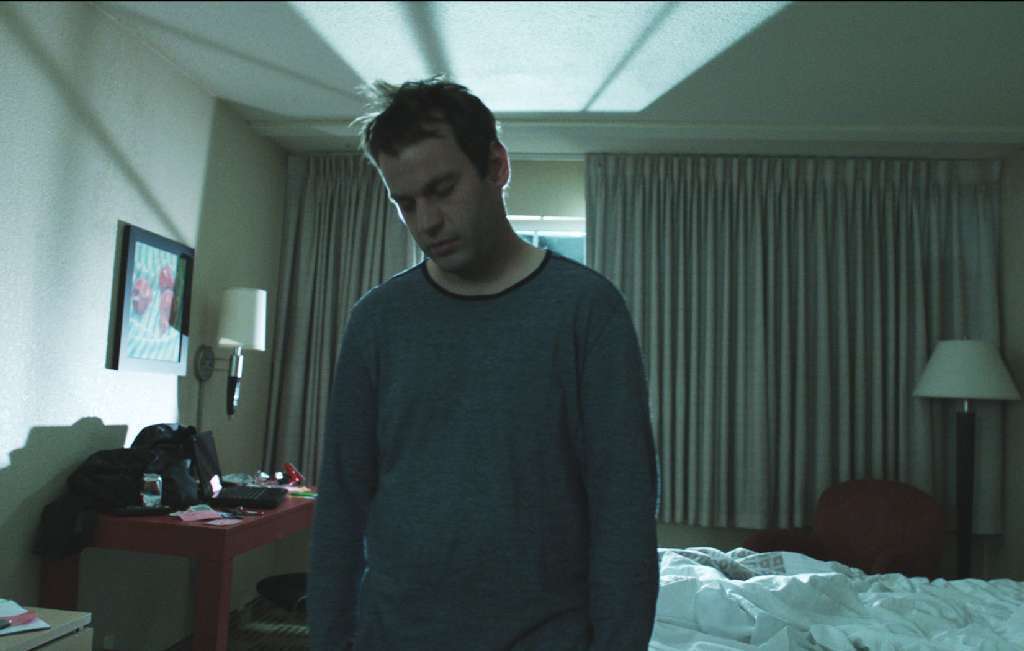
( Sleepwalking – Somnambulism – Image Courtesy of www.latimes.com )
The Slow Wave Sleep occurs during the early night hours, about 3 or 4 hours into your sleep whilst still in the NREM sleep stage of Non Rapid Eye Movement. In this state, there is consolidation of your body systems, support for immunity via specific leukocytes called Cytokines, and both the cells and organs altogether undergo recovery processes for regeneration and restoration.
According to the official classification provided by the ICSD – International Classification of Sleep Disorders, Sleepwalking is categorized under the class of sleeping disorders called Parasomnias, which also include:
- Night terrors
- Rapid Eye Movement (REM) sleep Behavior Disorder – (RBD)
- Somniloquoy
- Catathrenia
The Parasomnias generally entail anomalous behavior and movement during sleep or episodes of arousal from sleep, without necessarily disrupting the structure of sleep.
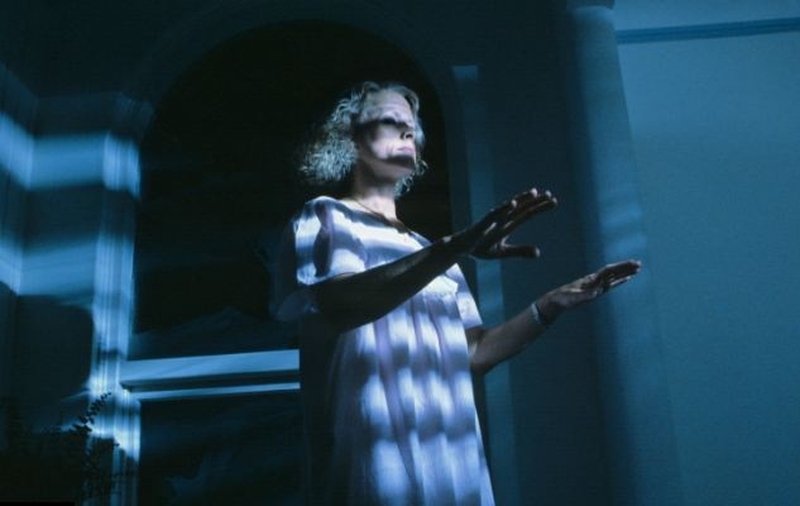
( Sleepwalking Parasomnia – Image Courtesy of www.enkivillage.com )
Testing and Analyzing Sleepwalking in Diagnostic Procedures
Spectral Analysis has been promoted by sleep experts as a reliable and efficient lab testing method in diagnosing Sleepwalking. The propensity to sleepwalking has time and again been linked to a decrease or absence of Slow-Wave Activity earlier on into the night, and to sleep arousal or awakenings from Slow-Wave Sleep, however even this is still not a conclusive indicator or measure.
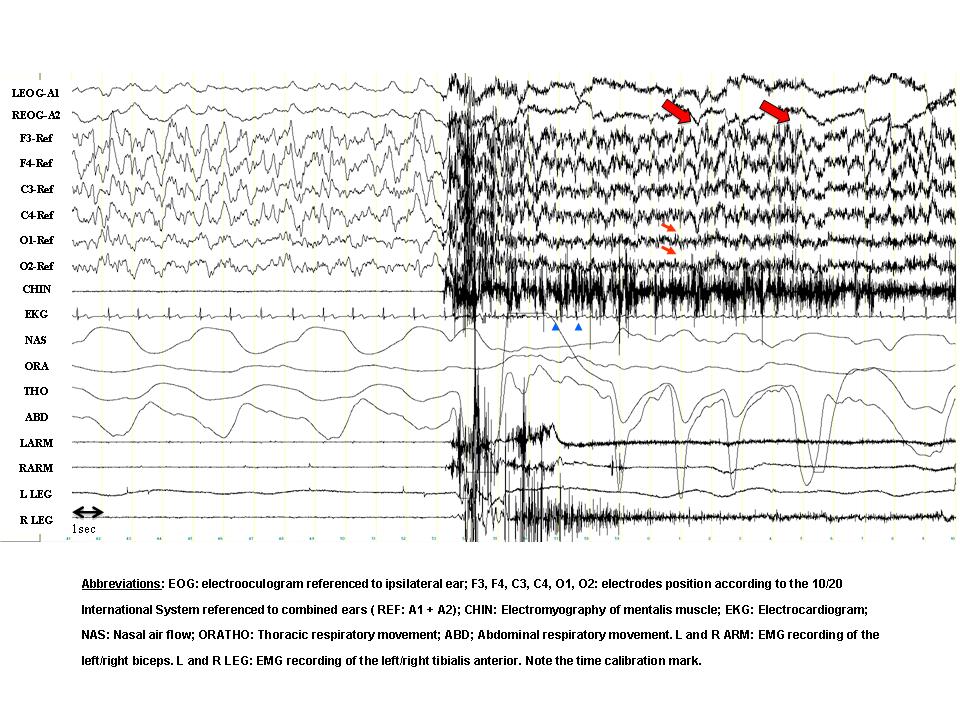
( Polysomnograph Sleep Analysis Test of Somnambulism – Image Courtesy of raycomgroup.worldnow.com )
According to the ICSD-3 specifications on the analysis and diagnosis of Somnambulism, diagnosing Sleepwalking should not be carried out while the person is intoxicated with alcohol or under its influence; further, spectral analysis is still not endorsed as a valid method of analysis and diagnosis of Somnambulism.
Sleepwalking in Ancient History
Interesting to note is that famous ancient greats were reported to have experienced episodes of Sleepwalking; including:
- Aristotle (384 – 322 BCE),
- Hippocrates II of Kos (circa 460 – 370 BCE),
- Diogenes Laërtius (circa 200 – 300 CE), and
- Claudius Galen the Roman Physician (circa 129 – 200 AD).
In fact, in the case of the Roman Galen, he had spent the whole night in Somnambulism, in a sleepwalking episode from which he would only awaken after having struck a stone with his foot (Umanath, Finger, Sarezky, 2011).

( Lady Macbeth aroused from sleep and Sleepwalking in “The Tragedy of Macbeth” by William Shakespeare – Image Courtesy of luna.folger.edu )
The famous play by William Shakespeare, “The Tragedy of Macbeth“ (~ 1606), elicited scenes of Somnambulism when Lady Macbeth sleepwalked upon arousal from her sleep in Act 5, not too long before her tragic death which was announced but later on. She is reported to have recalled tragic memories and painful horrifying flashbacks from her past…
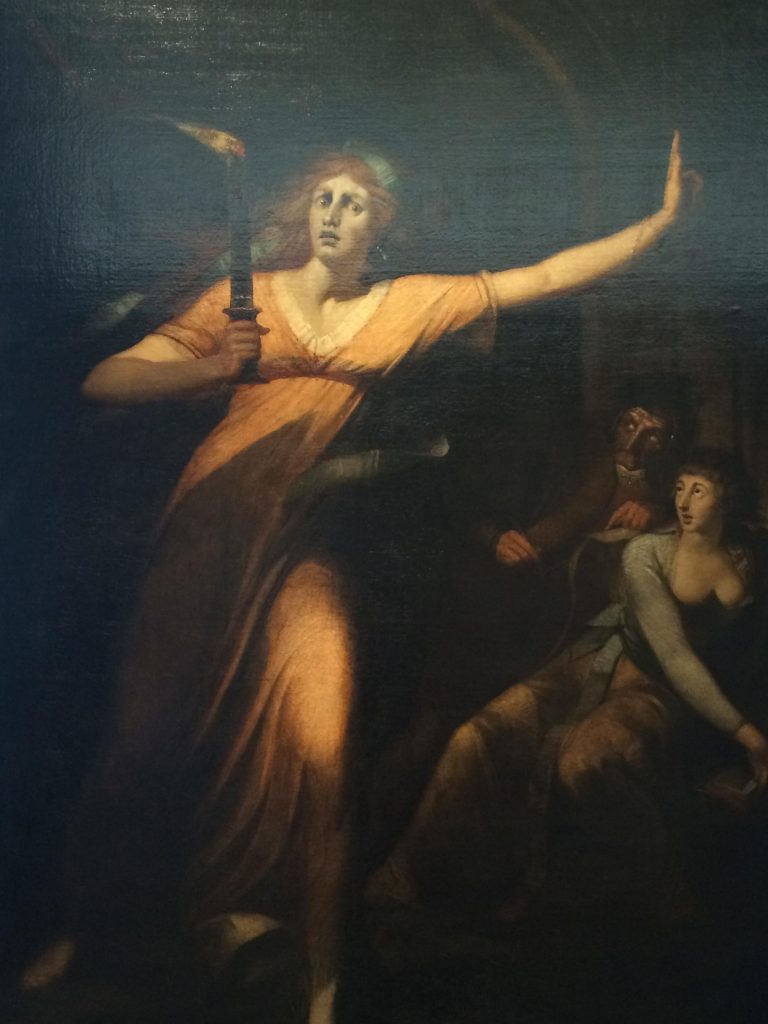
( Lady Macbeth Sleepwalking in “The Tragedy of Macbeth” by William Shakespeare – Image Courtesy of imgur.com )
Prevalence of Sleepwalking in the General Population
On the whole, about 2.5% of the general population are likely to experience Somnambulism or have significant episodes of Sleepwalking (Kales, et al., 1980) and (Umanath, Finger, Sarezky, 2011).
It has been reported that about 15% of children are more likely to experience at least one episode of Somnambulism (Vgontzas and Kales, 1999). The same percentage prevalence of 15% to 1% of the population in general has been set forth by the U.S. National Sleep Foundation. Though the consensus remains that children are more likely to experience Somnambulism given that majority of sleepwalkers tend to fall within that age bracket; but the good news is that the sleepwalking episodes are seen to diminish and even vanish altogether by the time they get to their adolescent years.
In looking at adults, it is interesting to note that despite being a less common occurrence compared to children, when Somnambulism does affect adult persons, the sleepwalking episodes tend to occur 3 times more per annum, and even last longer-persisting for a couple more years than is seen in children.
Prevalence figures of Somnambulism with regards to gender indicate that in comparison to females, the males are more likely to suffer from lethal behavior and more likely to incur injuries due to sleep disorders (Siclari, et al., 2010).
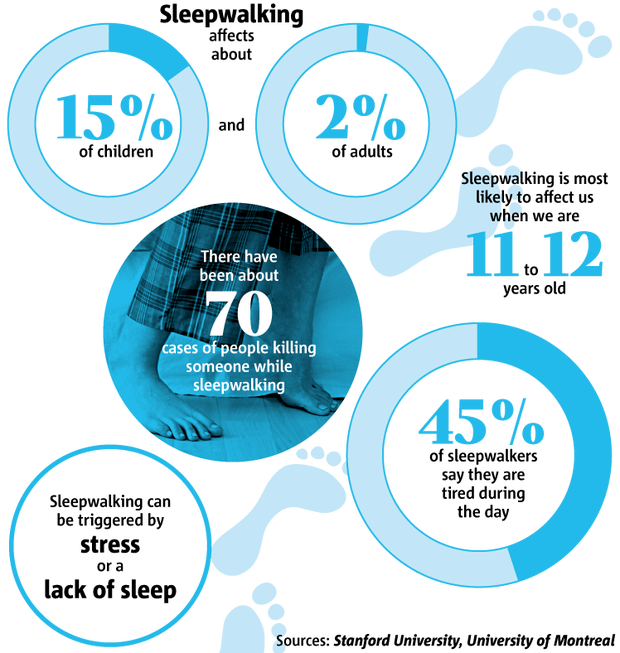
( Sleepwalking Infographic – Image Courtesy of metro.co.uk )
You’re not off the cuff, just yet, for it is worthy to remember that the use and abuse of substances and drugs, as well as consumption and intoxication of alcohol may very well induce somnambulism in adults who would not have otherwise sleepwalked. Just another thing you can only do under the influence! Often at times, there are tests like hair strand test for alcohol and related effects of it that could give doctors a clear idea about whether somnambulism might be related to alcoholism or not. Getting rid of your alcoholism could be one technique to assist you to kick off this condition. If you’re having trouble doing so on your own, seek help from a professional at an alcohol de-addiction program like Arista Recovery (check https://www.aristarecovery.com/ for more information) or one near your house.
Sleepwalker Lawbreaker
Bizarre as it may sound, you could actually fall on the wrong side of the long arm of the law due to offenses committed during a sleepwalking episode; and this does not rule out the consequent possibility of being sentenced to jail for criminal offenses committed during an episode of Somnambulism. It has been indicated that the intended motive of a sleepwalker cannot be ascertained neither can the intentions of any violent acts that culminate from the Somnambulism (Cartwright, 2004).

